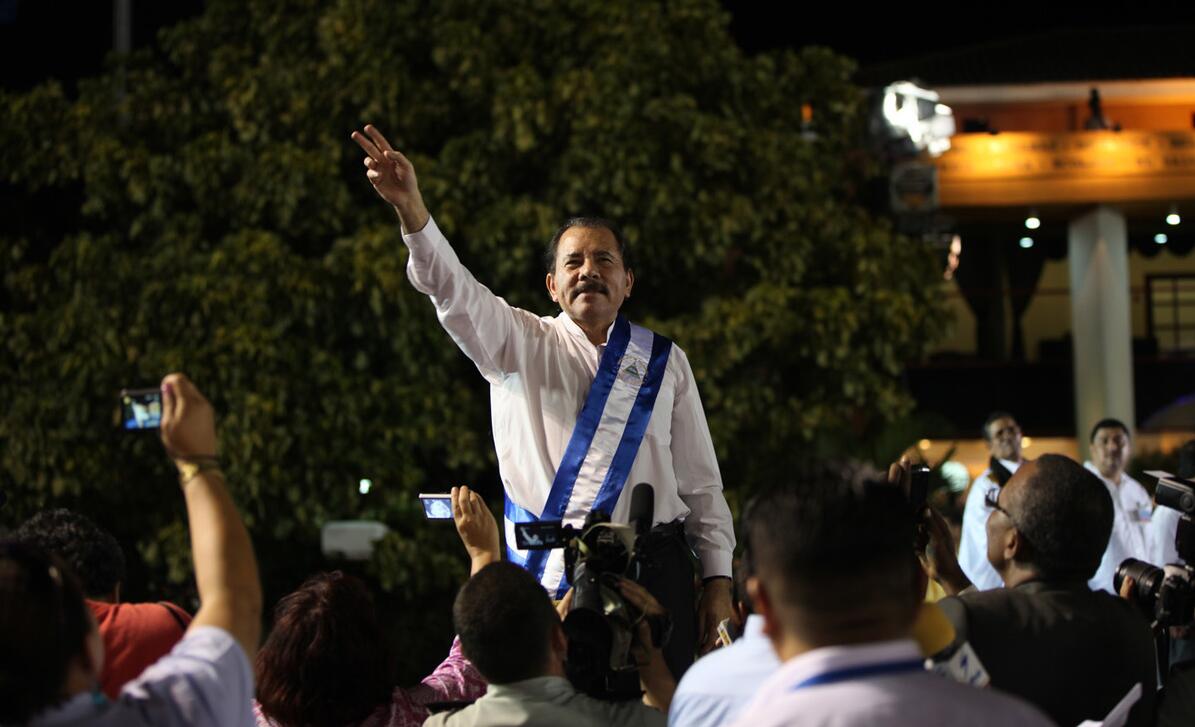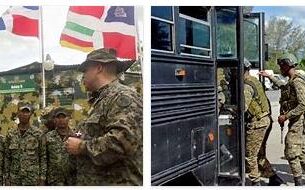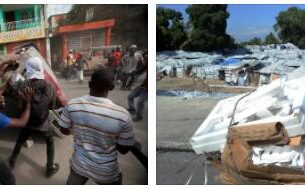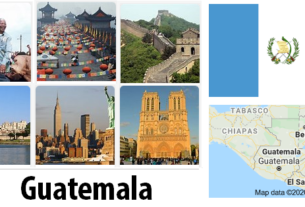Nicaragua is a democratic republic with a multi-party system. The country has 15 administrative regions (departamentos) and two autonomous regions which in turn are divided into a total of 153 municipalities. The National Assembly (Asamblea Nacional) has 92 representatives who sit for five years at a time. There are presidential elections every five years, next time in 2021.
The history of the East Coast differs from that of the West Coast, as it was under other forms of foreign control from 1650 to 1860. For much of the period, the areas of the East Coast were British protectorate. Even after incorporation, the people of the East Coast have continued to stand out ethnically, linguistically and religiously, and there has been dissatisfaction with being ruled from Managua. In response to growing discontent among ethnic groups, two autonomous regions of the East Coast were established in 1987; Region Autonoma de Atlantica Norte and Region Autonoma de Atlantica Sur. This has given greater authority and freedom to local authorities.
The country’s political situation is still characterized by the revolution and the civil war of the 1980s. The FSLN government often uses revolutionary rhetoric and revolutionary symbols.
Daniel Ortega has been Nicaragua’s president both in the 1980s and since 2007. Here at the inauguration on January 10, 2012.
As current president, Daniel Ortega stepped down as presidential candidate for the FSLN in 2011, which was unconstitutional according to past practice. Opposition politicians and international actors have expressed criticism for this interpretation of the Constitution, and it has been argued that Ortega implemented this change through political control of the Supreme Court and electoral council.
Nicaragua is a member of the UN and the UN’s special organizations, including the World Bank, and other members of the World Trade Organization, the Organization of American States (OAS) and the Central American Common Market and ALBA.
Defense
The Nicaraguan defense has undergone major changes in recent decades. Under Anastasio Somoza Debayle, the Nicaraguan military was called the Guardia National. At that time, the national defense was seen as Somoza’s extending arm, and the army was supported by the United States with weapons and training. After the revolution, the Guardia National was replaced by Ejército Popular Sandinista. The Sandinist army was supported by the Soviet Union with weapons and training. During the Civil War, public service was obligatory.
In 1995, the defense was professionalized, nationalized and depoliticized. Now the official name is Ejército de Nicaragua (Nicaragua National Army). Today, the army is much smaller than in the 1980s and consists of a personnel force of about 14,000 active.
Border disputes
The Nicaraguan state has had a long-standing dispute with Colombia over the Caribbean islands of San Andres and Providencia. The islands are part of Colombia, but Nicaragua also claims to have them. This conflict has been raised by the International Court of Justice in The Hague on several occasions, and on November 19, 2012, the Court ruled that Colombia had sovereignty over the islands. At the same time, the court gave Nicaragua greater control over the surrounding sea and the continental shelf.
Nicaragua has also had a long-standing disagreement with Costa Rica over the use of the Rio San Juan River. This river marks the border between Nicaragua and Costa Rica, and the conflict is largely about how the river can be used commercially and militarily by the two countries. This conflict has been addressed by the International Court several times, most recently in 2011.
There are also disputes with El Salvador on oceans in the Gulf of Fonseca, and with Honduras on oceans in the Caribbean.




